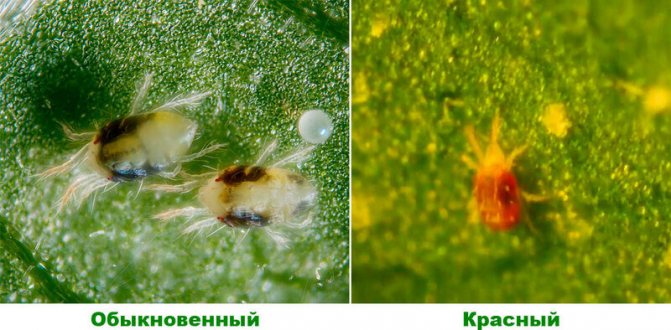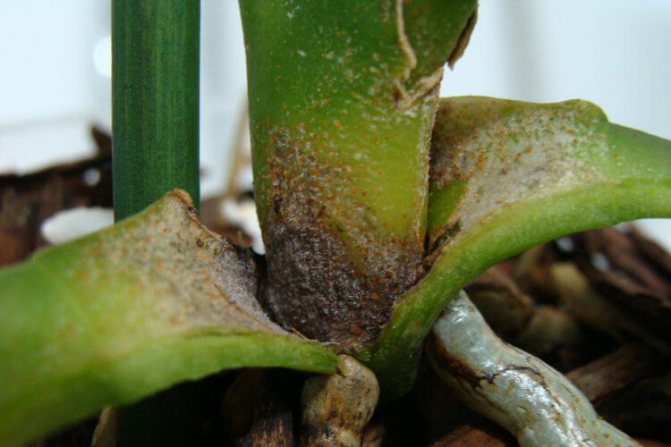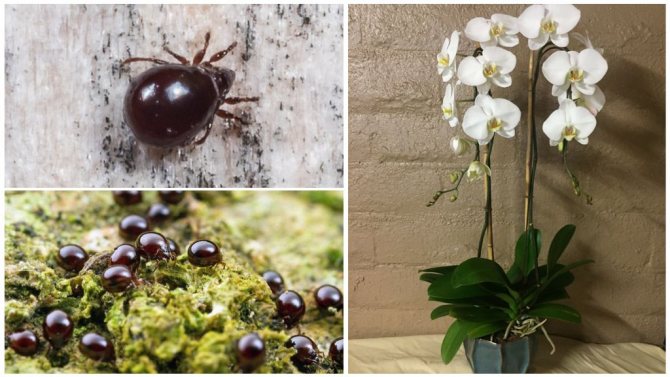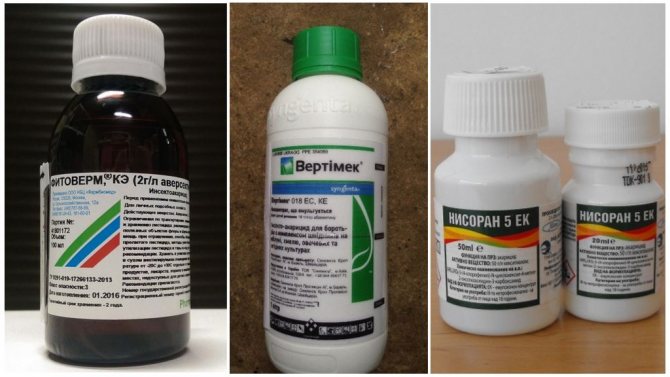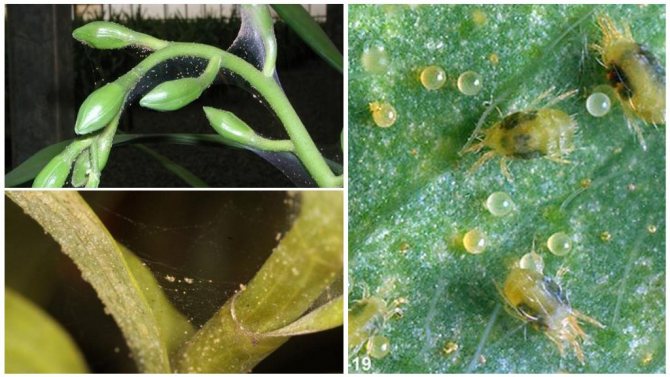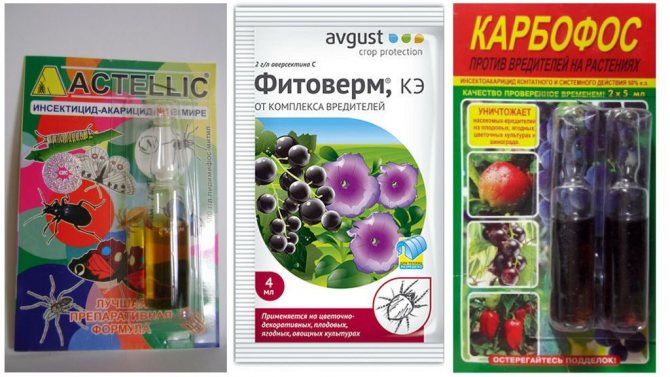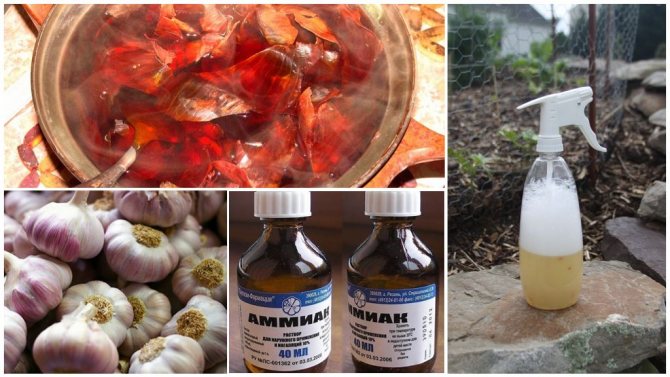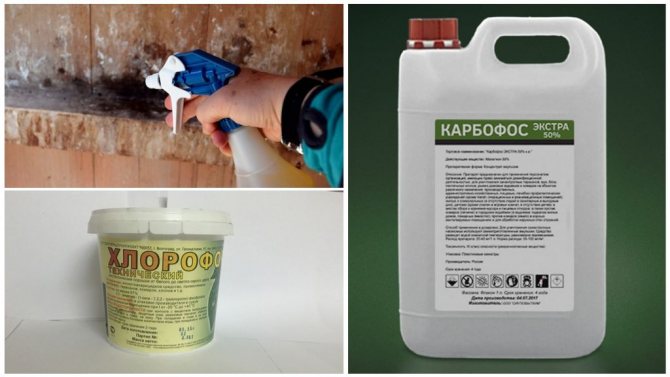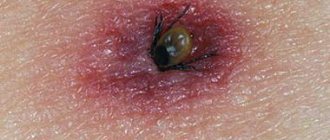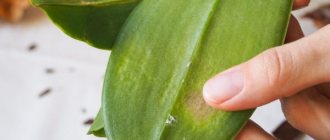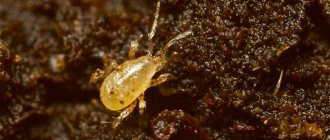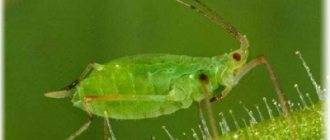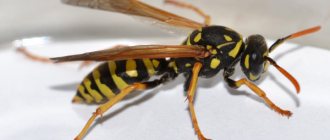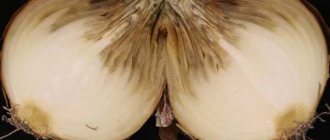Types of insects with descriptions and photos
The following types of ticks can attack orchids:
- Root. It is a small spider, which is characterized by the presence of 3 pairs of legs, a mustache and a relatively large oval body. The pest is hardy, therefore it is able to be without food for a long time. The main food is plant residues and the underground part of plants.
- False cobweb. Pest. whose body grows only 0.3 mm in length. The body can take on different shades - from red to greenish. This variety does not entwine the plant with cobwebs, so it can be noticed only after the appearance of a whole colony.
- Red spider mite. The danger of this parasite lies in the fact that most of the drugs act on it, so the pest is able to remain on the surface of the plant for a long time. The torso can be red, yellow, or orange.
- Bulbous. This species is small and moves slowly. The length of the bulbous mite reaches 0.6 mm. The color of the pest is brown, the jaws are the same color. The limbs are spherical.
- Flat-bodied. One of the smallest parasites, the length of its body does not exceed 0.3 mm. The body is oval, the body is flattened, the color is yellow-red. There are many short bristles on the body.
- Armored. Representatives of arachnid mites. They live in soil and ground, the main source of food is the dead parts of the orchid.
Root mite:
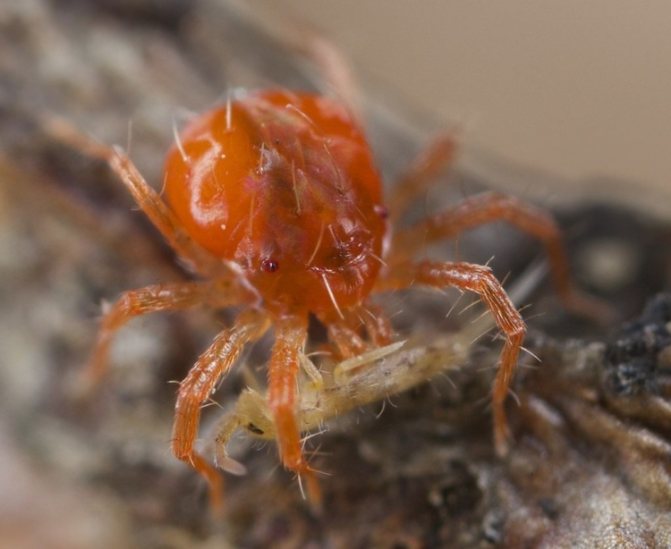
False spiderweb:
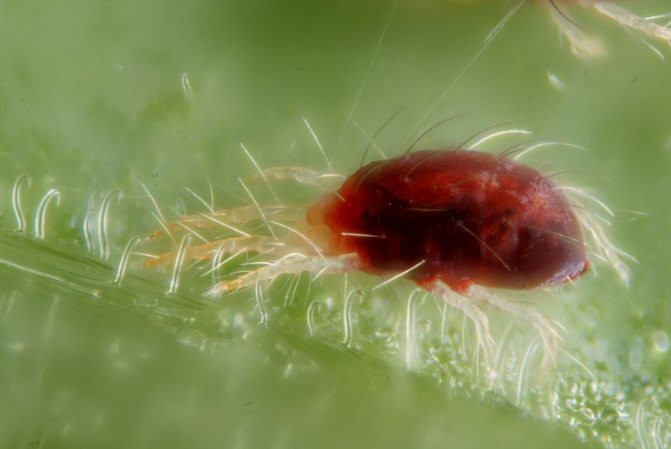

Red spiderweb:
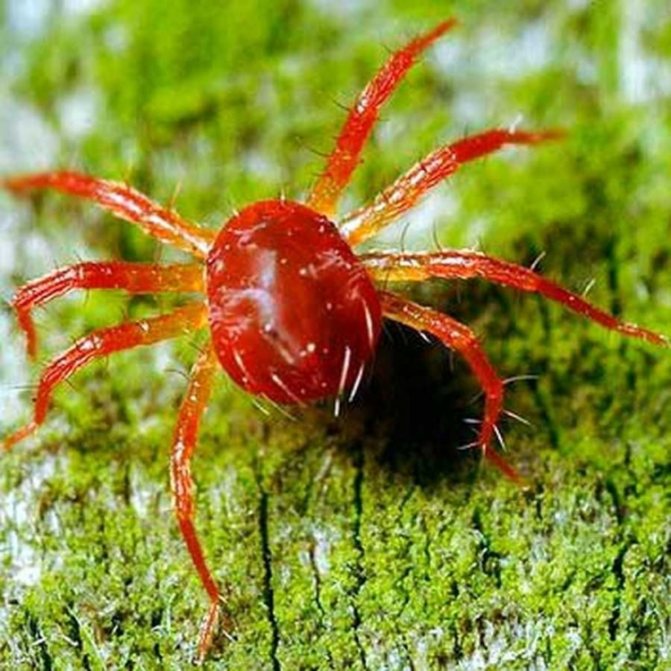

Bulbous:


Flat-bodied:
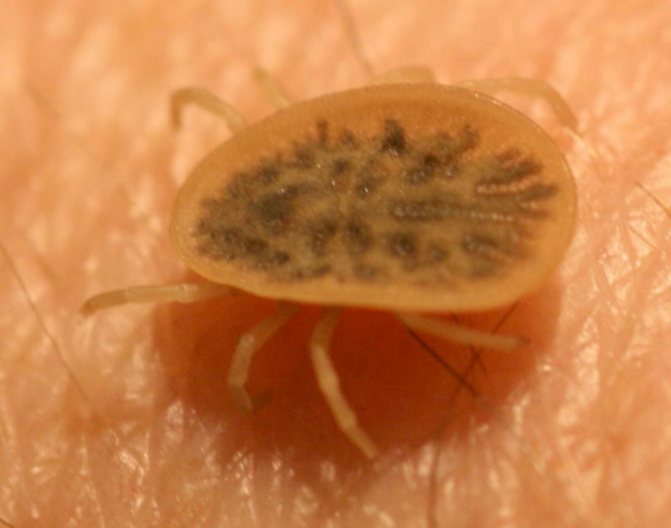

Armored:
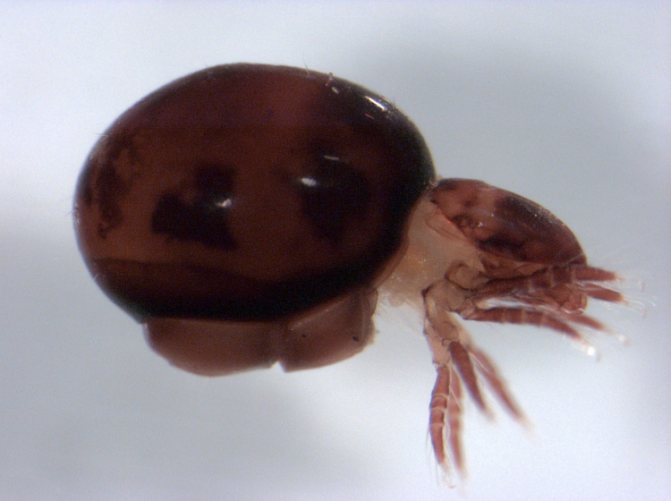

What does a spider mite look like?
The pest is so small (no more than 1 mm) that it is difficult to see it without a magnifying glass. Therefore, flower growers do not immediately find out that an arthropod has appeared on the plant. But even having found a parasite, it is not always possible to say with confidence that it is a spider mite. There are many species that differ in color (white, yellow, brick red, orange, even green).
Characteristic signs of appearance
- oval body;
- piercing-sucking type of the oral cavity;
- an adult has 4 pairs of legs with 5 segments.
Before becoming an imago, the tick goes through 2 stages of nymphs, colored yellow-green. Those were originally maggots (red or white).
Noticing a light silvery cobweb on the orchid leaves, you should carefully examine each plate. Somewhere below, round microscopic (0.5 mm in diameter) eggs are sure to be found.
How to process to get rid of?
How to deal with spider webs?
Having found a spider mite on an orchid, you can begin to fight it in the following ways:
- Biological. It is enough to have several walls of predatory beetles or ticks - they will help the grower get rid of small ticks.
- Chemical. Use insecticides. Moreover, the drugs must be alternated, since the parasite develops immunity to insecticides.
- People's. At the initial stage of development of a spider mite, you can use a decoction of cyclamen. Boil the roots for half an hour, insist for a day. After that, pour the solution into a spray bottle and spray the orchid for 4-5 days 3-4 times a day.
Bulbous
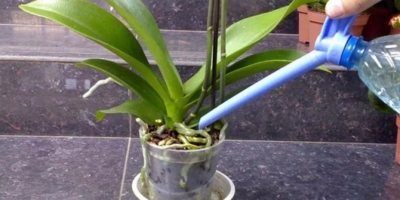

When a bulbous parasite appears, you must immediately change the soil in the flowerpot, and disinfect the container. And you can completely get rid of the bulb mite in the following ways:
- Folk. This method can be used only in the early stages of the appearance of the bulb mite. The best option is a solution of laundry soap (dilute 20 g of soap in a liter of warm water). The ready-made mixture is used to wipe the green surfaces of the flower or immerse it completely in soapy water for 30-40 minutes.
- Chemical. In this case, wide-spectrum insecticides are used. However, you can also use drugs with a narrow focus that fight against ticks - acaricides. The preparation method is indicated on the package. The concentration can be made less, but in no case stronger, since the agent can destroy the plant.
Reference! The biological version of the fight against the bulbous mite is not suitable in this case.
Kornev
This type of mite is very difficult and takes a long time to remove. Moreover, root pests are distinguished by their ability to reproduce quickly. As soon as this pest is noticed on the surface of the plant, all affected parts must be removed immediately. Do not forget to treat the cuts with activated charcoal. Affected cultures should be isolated from other healthy ones.
In addition, the following methods are used to combat root mites:
- People's. A decoction of nettle is suitable (for 5 liters of water, take 700 g of dry grass and insist all day in a dark place). The agent is sprayed on the orchid 4-5 times a week. The broth will help not only get rid of pests, but also increase the protective functions of the plant.
- Chemical. Acaricides remain a variant of the fight against root mites. In addition, insecticidal acaricides, for example, Acaritox, are a good way to control pests. Apply it strictly according to the instructions described at weekly intervals. Also effective drugs are the following: Verticillin, Nematofagin and Dachnik.
- Biological. Natural oils are suitable.
Squat
This type of parasite is difficult to destroy, so it is best to start the fight against them with chemicals. You need to choose acaricides, since insecticides will be ineffective in this case. Suitable chemical agents:
- Actofik;
- Fitoverm;
- Vermitic.
In addition, you can use folk remedies, for example, soap solution. Rubbing the sheet plates with alcohol also helps.
Attention! Biological agents will not help in killing the squat.
Armored
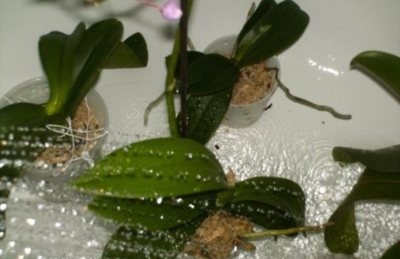

This pest multiplies in the ground, so you need to start fighting it immediately after detection. First of all, the orchid is taken out of the pot and soaked in water at room temperature for 30 minutes.
After a few minutes, it will be noticeable how the parasites emerge. After 30 minutes, the plant must be removed from the water and dried. To obtain the maximum effect, it is recommended to carry out 2-3 procedures.
Of the chemicals, the following are best:
- Actellik;
- Karbofos;
- and also Sumiton.
Moreover, you can buy predatory mites in the storethat will help get rid of parasites. One package will be enough for this.
Security measures
When processing, you should always remember about the danger posed by chemicals. Most of them are toxic enough to harm human health. Be sure to use gloves, goggles and a respirator during the procedure. Ventilate the room well, and if the substance is highly toxic, treat it outdoors.
Be sure to read the instructions for use and adhere to the correct dosages. If you exceed the permissible limits, it will harm the orchid and may even destroy it.
Prevention of infection
To protect orchids from tick attack, you should adhere to the following recommendations:
- Periodically dry the soil in which the crop grows.
- Spray the orchid regularly and make sure that no water gets into the sinuses. Otherwise, the flower will start to rot.
- Observe the watering regime. Do not moisten the soil until the top 4-5 cm is dry.
- Maintain optimal air humidity. Remember that mites appear in dry rooms. The easiest way to increase air humidity is to place a container of water near the crop. It is enough for the container to stand near the culture for half an hour a day. This is enough for the water to evaporate and humidify the air.
Fighting ticks on an orchid is very difficult. It will be very problematic to revive the plant after the attack of pests. Therefore, try to carry out preventive measures to save the culture.
If you find an error, please select a piece of text and press Ctrl + Enter.
Favorable conditions for pests
- Spiderweb. For them, the favorable conditions in which they can freely live and reproduce are warm and dry air. The reproduction process takes place in the soil when the temperature does not drop below 12 ° C. Under favorable conditions, they are capable of giving about 20 new generations. The development cycle takes 12-20 days, the higher the temperature, the less time it takes. When the temperature is 28-32 ° C, and the humidity is kept within 45%, the development process to an adult takes only 6 days.
- Flat heifers. These individuals are absolutely not capricious and do not require any special conditions for reproduction. Reproduction takes place indoors all year round. If by increasing the humidity of spider mites it is possible to create conditions that slow down development, then in this case this method will not bring results.
- Bulbous. Their life cycle is completely dependent on temperature, they prefer warmth and when the temperature drops, development slows down significantly. For example, if at a temperature of 16-28 ° C it takes about 10 days to develop, then if the temperature drops to 20 ° C, this process will take more than two weeks.
How to get rid of pests on an orchid
For orchid lovers, the appearance of pests becomes a serious problem, ignoring which the plant can die. The following tips will help you learn how to get rid of a shell mite on an orchid:
- Before you start processing the plant, you must thoroughly wash its leaves using laundry soap or dishwashing liquid. To do this, mix 1 liter of water with 1 tablespoon of the substance. Complete disposal of parasites will not occur, however, this technique can significantly reduce the number of tick colonies. With the same solution, wash the place where the plant stood, as well as the pot and stand under it.
- Treat the plant with chemicals in especially advanced cases. The most effective preparations for treating orchids are Apollo, Tiofos, Neoron and Fitoverm. When spraying an orchid, try to treat only the affected areas. After the treatment, after a while, re-spray the plant with another preparation.
Below is how to deal with pests with the most popular means.
Fitoverm. A biological product that contains the results of the life of the inhabitants of the soil. Due to the low toxicity of this product, the treatment can be carried out indoors. The drug has a detrimental effect on ticks and larvae. For dilution, you will need 2.5 milliliters of the drug and 1.25 milliliters of water. It is necessary to process the orchid with the resulting solution four times every seven days.
Apollo. This drug is most effective in the fight against pest larvae.Treat the orchid with it twice a week, first diluting 2 milliliters of solution in 5 liters of water.
Actellic. This drug is used more often for prophylactic purposes. Its protective effect can last up to two weeks. This product is highly toxic, which means that it should be used only outdoors. The drug is produced in ampoules of 2 milliliters. One ampoule is diluted in one liter of water and the orchid is treated twice a week.
Many are interested in the question: how to get rid of a shell mite on an orchid? Transplanting the plant into a clean substrate will completely help get rid of arachnid parasites. Use one of the chemicals listed above to remove shell mites from the roots of the plant before replanting.
Features of the defeat of an orchid by a shell mite
The armored mite on an orchid is easy to notice: on the smooth surface of the leaves of the plant, moving black small insects are visible with the naked eye. A large number of these pests on the plant indicates that the soil is too moist, because of which the bark, moss and forest debris in the pot begins to rot. Such damp conditions are favorable for the development of the shell mite. You can see parasites on the roots of an orchid in the photo.
Armored mites arise during the period of actively multiplying pathogenic microflora, all these bacteria and fungi are able to kill an orchid in just a couple of days.
What is an armored mite?
Ticks look like small beetles that quickly hide when they sense danger. Such insects prefer to live in a humid environment where sunlight does not enter. Ticks are arthropods but feed on decaying organic matter. Such insects live in colonies. Armored mites, the photos of which are presented below, play an important role in nature. They regulate the decomposition of fungi, greenery and algae.
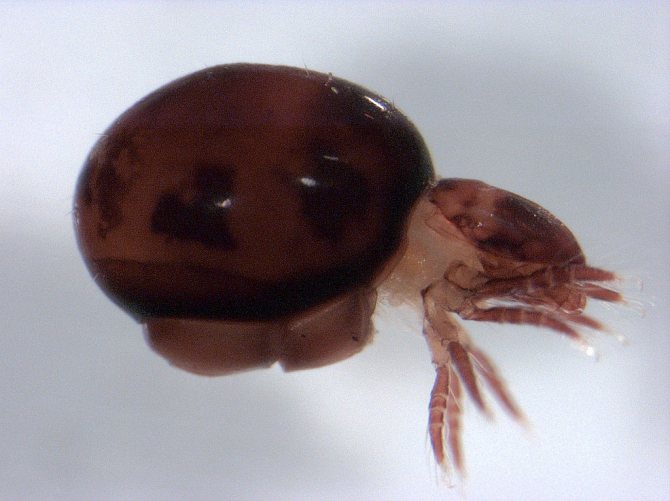

The described type of mites is not considered to be rapidly multiplying, but they are usually called long-lived. Only one stage of egg development takes from 1 month to 2 years. An important nuance is that the tick is not considered a parasitic one.
Reasons for the appearance
Dry and hot indoor air contributes to the appearance of mites on indoor plants. And they are brought in by chance with the wind, on clothes, they can be brought from the store along with a flower. Once in a comfortable microclimate, insects actively reproduce and spread to other indoor plants. Insufficient watering, low indoor humidity (30–40%) and temperatures above + 25 ° C accelerate this process. With an increase in humidity, the development of larvae begins to slow down - this feature can be successfully used in the fight against spider mites.


